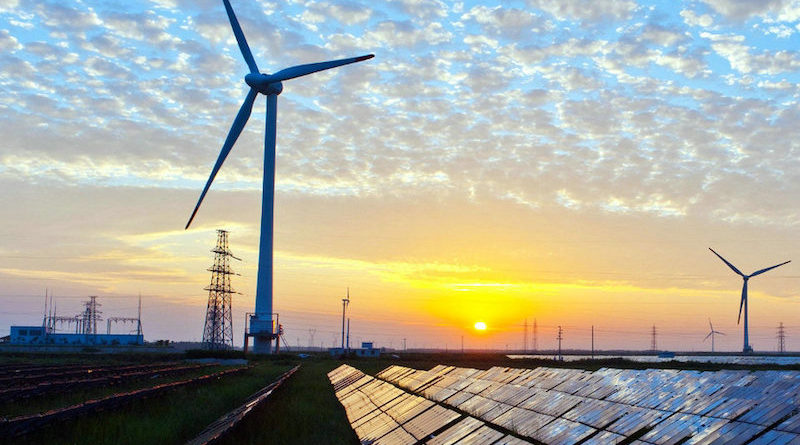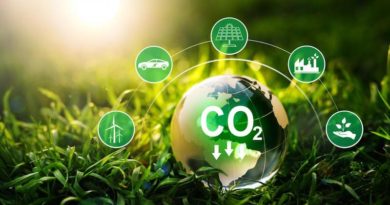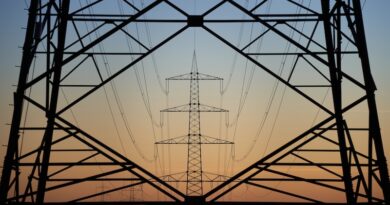
Energy Storage Technologies: Key Drivers for Smart Sector Integration
The European Commission’s strategy for smart sector integration is a cornerstone in the transition to a greener energy system and in the European Green Deal, as it can link up different economic sectors and unlock synergies in an integrated energy system through direct and indirect electrification.
To achieve a truly integrated and greener energy system in a cost competitive way, the upcoming strategy must be tied to clean and smart solutions that allow for the cheapest route to decarbonisation, and the transition to a greener energy mix, while supporting the competitiveness of European industry. In this scenario, energy storage technologies are key drivers for smart sector integration.
Energy storage technologies allow us to store excess energy and discharge it when there is too little generation or too much demand.
They provide flexibility at different time-scales, seconds, minutes, hours, weeks, and even over seasons. Renewable energy sources essentially become dispatchable, which greatly facilitates their integration into the energy system, and ensures maximal use of renewable energy. Energy storage deployment facilitates direct and indirect electrification of different sectors, helping decarbonise and interlink, among others, transport, Industry, and heating and cooling. It can reduce CO2 emissions, contributes to meeting the climate objectives, and guarantees secure and affordable energy for consumers.
Beyond the energy sector: energy storage has already proven its cross-sectoral success
There are many interesting examples of how energy storage can enable smart sector integration. EASE is one of the actors behind TSO 2020, one of the key projects funded under the EU Connecting Europe Facility mechanism. In this project, electricity obtained from renewable energy is used to produce hydrogen through a process called electrolysis: this is indirect electrification, as electricity is not a direct replacement for fossil fuels, but only an input in the carbon-neutral process. This hydrogen is then stored and used in different applications. For transport, i.e. to power busses, trains, and other vehicles. But some of the hydrogen is also given to industries, e.g. for fertilisers’ production. These industries need to get rid of CO2 emissions, and this is optimal: by combining it with hydrogen, it is possible to obtain methane, which is then injected into the gas system, using existing infrastructure, and used by consumers and industries. That’s how different sectors get interlinked.
Thermal storage technologies also can play an important role in the integration of the heating and cooling sectors.
For instance, in the food industry: heat pumps at the industrial scale can supply heat and cold at the same time. So, these food plants are powered by renewable energy through energy storage; rather than fossil fuels, as it is often the case.
A final example: electrification of transport based on renewable energy sources will play a pivotal role in decarbonising the transport sector. Electric vehicles, where electricity is displacing directly fossil fuels, and whose market growth in the last few years has been dramatic, can provide services to the grid. Through Vehicle-to-Grid solutions, vehicles can release electricity, actively working as storage systems and solving grid management issues. Besides, energy storage coupled to electric vehicles chargers enables multiple vehicles to be charged at the same time, with power being supplied both by the grid and local renewable energy sources. Without storage, this could not be possible.
Intelligent storage solutions for smart sector integration
When we talk about “sector integration”, we often use the phrase “smart sector integration”. But what’s smart about it?
The current power grids rely only to a limited extent on digitalisation and automation. But new software and hardware solutions (think about the possibilities provided by 5G or virtual power plants) allow for a cost-efficient, secure, and consumer-centric energy system. In the future, we will not have any more only centralised energy generation with no connection between economic sectors. But a smart, decentralised, integrated system that will allow for the growing penetration of distributed generating and flexibility sources, such as energy storage.
Many barriers are yet to be overcome
Let’s start with the economics. Flexibility is needed for system integration. But at the moment, a well-functioning market for flexibility services doesn’t exist. And then there is taxation. Currently, tariffs are not aligned with the actual cost that storage solutions induce to the grid. In other words: storage stabilises the system, reduces costs, and guarantees security of supply; nonetheless, all these contributions are not properly taken into account in the grid fees, tariffs, and levies system, meaning that energy storage needs often to pay twice for the services it renders. Besides, costs of storage technologies are decreasing, in some cases plummeting. But they still often remain high, hindering the creation of a developed value and supply chain and hindering the business cases.
The legislation: with the Clean Energy Package, the EU has introduced key, innovative pieces of legislation.
But the road ahead is long: storage-related regulation still lags behind, and it is in some cases contradictory. EASE did publish quite some recommendations regarding the next steps.
Finally, end-users are often not fully aware of the services that storage can provide; and EU research funds don’t sufficiently focus on energy storage.
To conclude, electrification through energy storage can lead to decarbonisation in several sectors and is key for smart sector integration. The EU must continue the implementation and modernisation of policies to a.o. mainstream the deployment of renewable electricity, electrification and energy efficiency measures. In light of the ongoing Europe-wide recession and plans for recovery, it is important to make decarbonisation a priority and explore innovative, cost-efficient solutions. The EU has the opportunities to be a world-leader in the energy transition: it should rise to the challenge.




